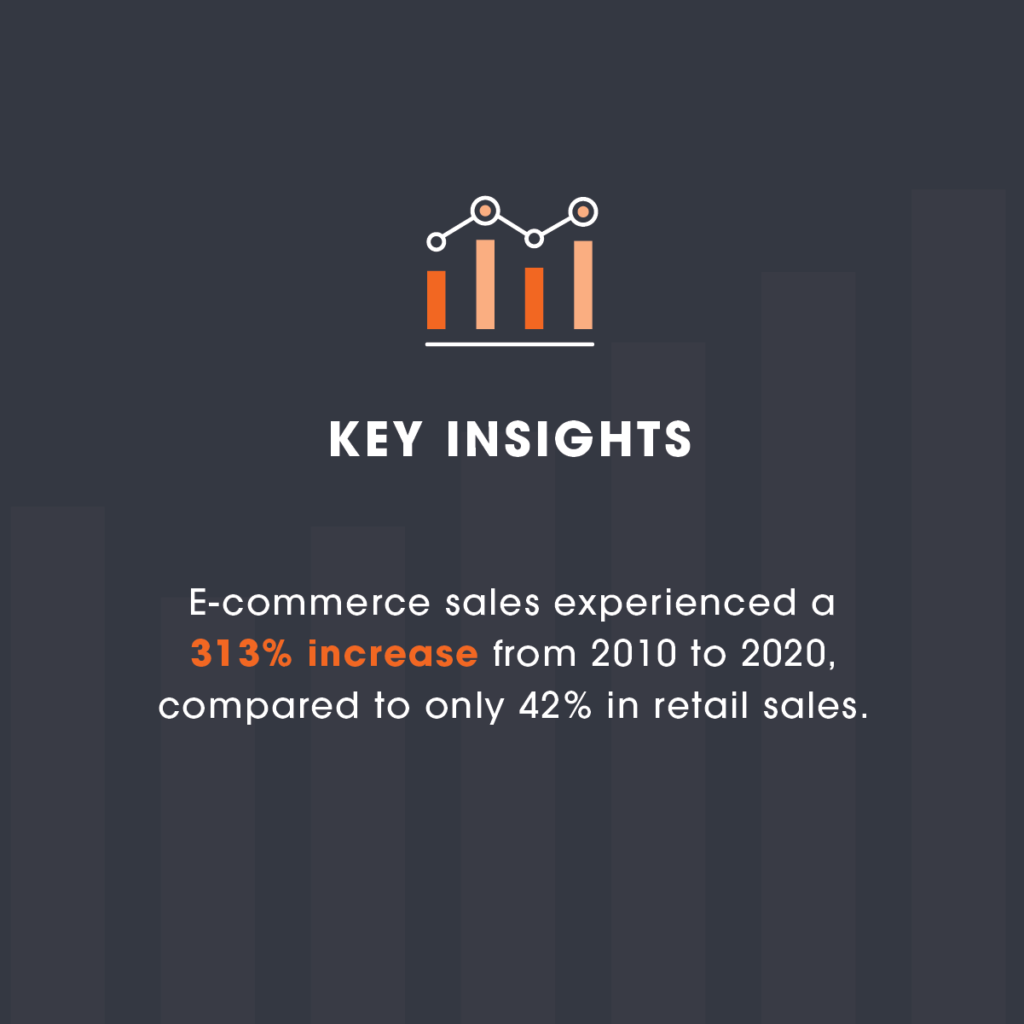While many of us have echoed the cries for the return to “normal” as we look towards a post-COVID world in the later parts of 2021, it is also time to accept that the impacts of COVID will usher in a new normal. This “new normal” will trickle down into how we handle many facets of day-to-day life and how we will conduct business into the future.
2020 Sees Improvements in Digital Offerings
One trend that we are certain is here to stay is the dependence on increased virtual connectivity between consumers and brands.
If nothing else, 2020 forced many brands to reconsider how they approach serving their audiences and customers in digital spaces. This lead to improvements in how businesses approached things like
- Online community engagement
- Social media-based customer service
- Production and availability of interactive and livestream experiences
- Social and digital buying experiences
- Virtual service calls and appointments
Why It Matters: Since many brands have significantly invested in these practices over the last year and consumers have become reliant on them, you can bet they are here to stay, in some capacity.
Virtual Connectivity Offers Expanded Opportunities For Businesses
For small businesses in particular, the virtual connectivity that became the norm for many of us in 2020 meant a chance at survival, offering their loyal customers access in a time when their physical locations were shuttered.
E-Commerce, virtual consultations, and livestream events also allowed businesses, particularly locally owned small businesses, to reach outside of their traditional footprint to offer services to a larger and more diverse online audience.
It’s hard to imagine that brands who have seen success through digital initiatives over the last twelve months will step away and revert to operating with a smaller reach.
Virtual Connectivity Brings Convenience for Consumers
On the consumer side, convenience always wins. Even ahead of the pandemic, data showed an increased reliance on e-commerce. The US Census Bureau cited a 313% increase in e-commerce sales from 2010 to 2020, vs. just a 42% increase in retail sales.

Outside of e-commerce, consumers have adapted to the ability to chat with their doctors, accountants, lawyers, and other service providers virtually. They have shifted to the ultra-convenience of things like Instacart and curbside store pickup – shifts that also lead to a decrease in browsing and impulse buying. Browsing now happens on-screen, in the margins of daily life.
Are your digital initiatives set up to support that?
Better, Not More
Since we’ve seen a swift move to more robust digital and virtual offerings, we’ve also seen an increase in content and information promoting them.
What does that mean? The already cluttered content landscape has become even more saturated.
The fix: Better. Not more. You don’t need 200 pieces of content every week to educate people on your virtual offerings or to capture more sales, you just need better content with specific intent.
Consumers want convenience. Find ways to optimize your digital experiences for speed, ease, and convenience. Eliminate clicks, answer questions promptly, keep consumers informed. Don’t complicate the process.

How To Improve Your Virtual Experiences in 2021
Just a gentle reminder that every interaction with your brand is a form of marketing. The experience consumers have with you online, or in person, will impact the story they share about your business, and that’s the most powerful marketing out there.
Keeping that in mind, here are a few tips to help you level-up your virtual experiences this year:
- Create experiences for every phase of the customer journey
- Use your platform like a customer. Was it easy to find what you needed?
- Always be optimizing. Track how users interact with your digital and virtual offerings. Identify where potential customers drop off, and find ways to tighten the experiences.
- Connect the dots of your digital journey. Stay top of mind by continuously connecting consumers across your digital channels. Drive social followers to your email, drive your email subscribers to your website. Drive shoppers back to social media and keep them informed via email. Continuously churn your customer journey.
- Consider automation and AI through the use of chatbots on your website and social media to help decrease response times.
If you’re looking for more strategies to level up your marketing this year, check out our round-up of the top strategies for 2021 here.
